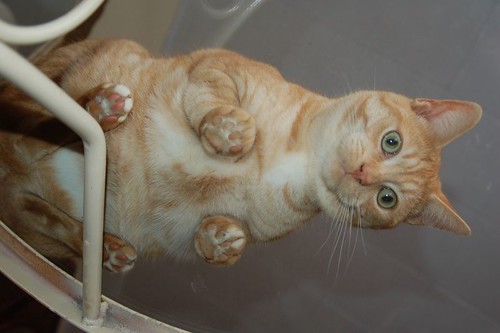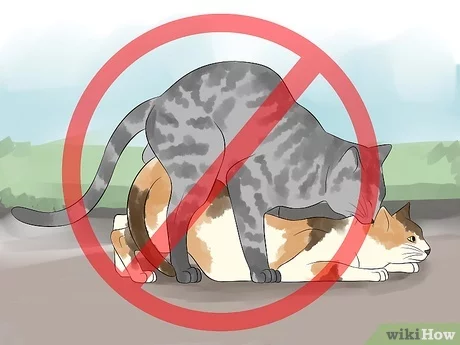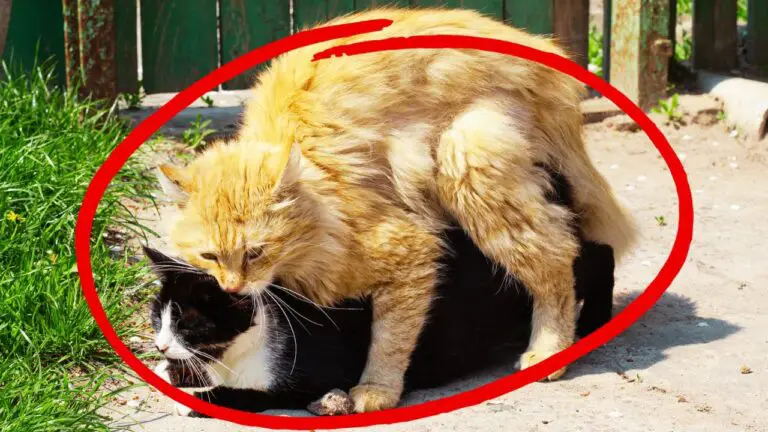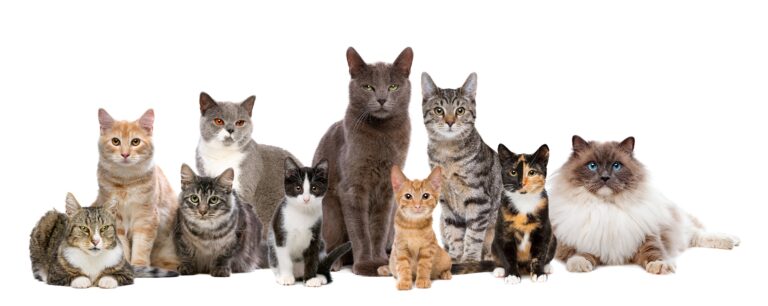Kittens in the Making: Tips and Tricks for Responsible Cat Breeding
Responsible cat breeding is an art and a science that requires a deep understanding of animal welfare and genetics. With the feline population growing and the demand for purebred cats increasing, it’s more crucial than ever for breeders to adopt ethical practices. If you’re considering becoming a breeder, this post will guide you through the process of bringing kittens into the world in a way that prioritizes their health and happiness. For those who are simply curious about the process, the insights provided will offer a better understanding of what goes into ethical breeding and how to support breeders who practice it.

Selecting Healthy Breeding Pairs
The foundation of ethical cat breeding begins with the selection of breeding pairs. It’s essential to choose cats with desirable traits that are also known to be free from hereditary diseases. Health screenings, including genetic testing, can be invaluable in this stage. However, health is not the only consideration. Temperament is equally important and should be taken into account to ensure the well-being of the kittens and their future owners. Remember, breeding animals should be sold only to responsible owners or retained by the breeder.
Understanding Feline Genetics
Understanding genetics is crucial for predicting outcomes in a breeding program. Coat color, patterns, and lengths are just a few of the visible traits that breeders aim to reproduce. However, it’s the hidden genetic traits that are often the most important to consider. For example, some traits, like those for polycystic kidney disease, are recessive and can skip generations. Knowledge of these intricacies will allow breeders to better manage their lines and ensure they do not perpetuate a hereditary health condition.
Preparing for Kitten Arrival
Queen cats require a safe and stress-free environment for their pregnancy and labor. Breeders should prepare a quiet, warm, and easily accessible birthing area well in advance. This space should be separate from the living areas where the queen usually roams. Additionally, the pregnant queen will need increased nutrition to support her and her developing kittens. A veterinarian can provide advice on an appropriate diet and should be consulted regularly throughout the pregnancy.
The Birth and Early Care of Kittens
The birth of kittens should be monitored closely, but intervention should be minimal unless absolutely necessary. Queen cats are naturally adept mothers, and they typically need little assistance. However, it’s important to be prepared to step in if complications arise. Newborn kittens are fragile and must be kept warm, clean, and fed on a schedule if the queen is not producing enough milk. Colostrum, the first milk, is essential for their immune system, so timely and thorough nursing is key.
Socialization and Weaning
Socialization begins from day one of a kitten’s life. The more positive and varied experiences kittens have at a young age, the better adjusted and sociable they will be as adults. Familiarizing kittens with human interaction and common household sights and sounds is crucial. By the time they’re ready for adoption, kittens should be comfortable with handling and well on their way to being litter trained and weaned onto solid food.
Finding Responsible Homes
Responsible breeders go to great lengths to ensure that the kittens they have brought into the world go to loving and safe homes. Potential adopters should be screened to identify those capable of providing a lifetime of care. An adoption contract can outline the responsibilities of both the new owner and the breeder, including spaying and neutering obligations, and a return policy in the event that the owner can no longer care for the cat.
The Role of Breeders in Cat Welfare
The role of the breeder extends beyond the homecoming of the kittens. Ethical breeders also play a part in advocating for the welfare of cats and in preventing overpopulation. This can be achieved through participation in breed clubs, support for education and adoption efforts, and a commitment to the principles of the Cat Fanciers’ Association (CFA) Code of Ethics.

Conclusion
The joy of kittens in the home is a wonderful experience. Being a part of this process through responsible breeding is equally rewarding. However, it comes with a great deal of responsibility. Responsible breeding is about more than just producing an in-demand pet; it’s about dedication to the health, well-being, and future of each individual animal. It’s a promise to the cat, to its new family, and to the larger community of animal lovers. Ethical breeding is a commitment to quality, not quantity, and to ensuring a bright and loving future for every kitten, from the moment they’re just a twinkle in their parent’s eyes.







